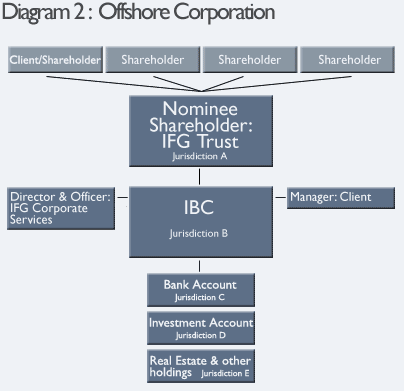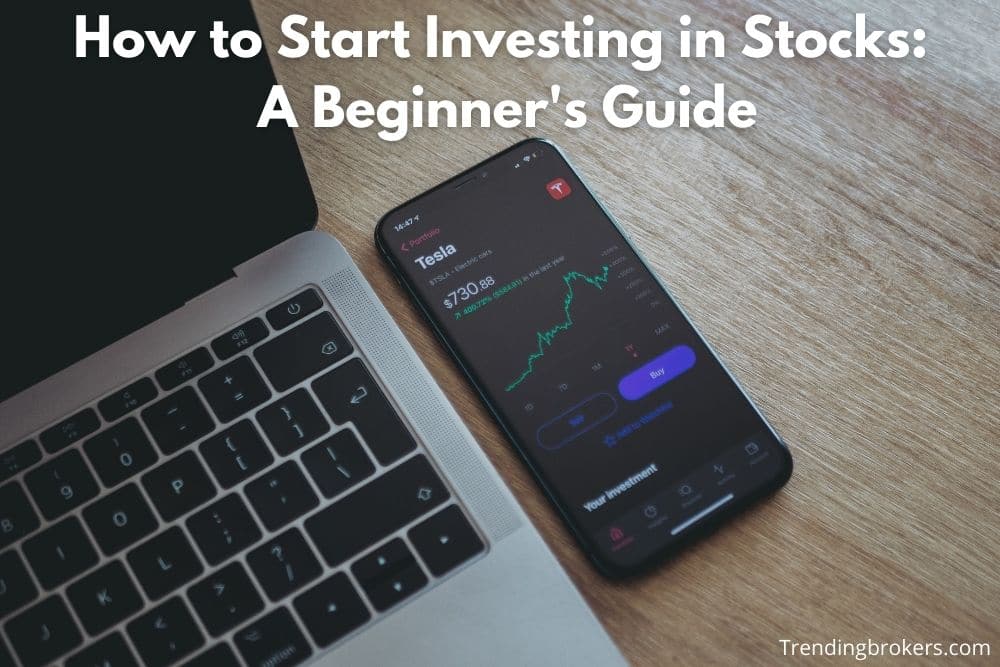
Fundamental news is the driving force behind forex markets and long term traders must be attentive to these events. These include interest rate decisions, employment, and gross domestic product figures. These are critical pivot points in your strategic plan. However, any major news event could alter the narrative and require you to immediately act.
Leverage
Leverage is a common investment strategy. You can use leverage to increase your profits, or decrease your losses. Pro traders use it most often. But novice traders and new traders should be cautious when using leverage. To reduce risk exposure, new traders should use as little leverage as possible. However, traders with high risk appetites can use leverage more liberally.
Leverage is the ability to leverage forex trading to increase the size of a large market. It is a risky strategy, as it can lead to larger losses than gains. Forex trading has high leverage because of the liquidity and large amount of leverage.

Stop-loss levels
When you are trading in the foreign exchange market, it is important to have a proper strategy in place. In many cases, volatility-based stoploss levels are helpful. Volatility refers to the frequency at which a currency pair's prices change. It is an indicator of future performance. There are several indicators you can use to track volatility.
Profit targets are another important part of a long-term trading plan. This can prevent emotional trading losses. Sometimes, investors may be tempted not to keep their nerves in check and give up on the market's peak. This can lead them to make huge losses. Profit targets also help traders to keep their emotions in check, ensuring that they make good decisions at the right times. A solid plan and thorough research are key to a long-term trading strategy. You can rest assured that your decisions will not be influenced by emotions and facts if you stick to this plan.
Position sizing
Trading is all about sizing your position. It is crucial to select the right size position to minimize risk when trading with limited capital. You must keep in mind that you can lose everything if your position moves against you, so it is best to risk a small percentage of your capital in each trade.
Market shocks can also affect position sizing. This is why it's essential to make a trade plan that has methods for dealing with market shocks. These situations may require you to reduce your positions.

Profit potential
If you're looking to make money forex trading, but you don't want to be a day trader you might consider long term trading. Long term trading involves staying in a position for a long time, and combining fundamental analysis with risk management. This type trading is quite different from day traders' quick buy-and sell methods.
Long term trading allows you to take advantage of long-term trends that are not immediately apparent. These trends can be followed carefully and you could make huge profits. For example, in the early 1990s, George Soros predicted the collapse of the ERM and made a $1 billion profit by shorting the British pound. This type of strategy is a great long-term forex strategy.
FAQ
What are the best investments for beginners?
Start investing in yourself, beginners. They should also learn how to effectively manage money. Learn how you can save for retirement. Learn how budgeting works. Learn how to research stocks. Learn how to read financial statements. Learn how to avoid falling for scams. How to make informed decisions Learn how diversifying is possible. How to protect yourself from inflation Learn how to live within their means. Learn how wisely to invest. Learn how to have fun while doing all this. You'll be amazed at how much you can achieve when you manage your finances.
Which fund is best to start?
When investing, the most important thing is to make sure you only do what you're best at. FXCM offers an online broker which can help you trade forex. They offer free training and support, which is essential if you want to learn how to trade successfully.
If you are not confident enough to use an electronic broker, then you should look for a local branch where you can meet trader face to face. This way, you can ask questions directly, and they can help you understand all aspects of trading better.
The next step would be to choose a platform to trade on. CFD and Forex platforms are often difficult choices for traders. Both types of trading involve speculation. Forex does have some advantages over CFDs. Forex involves actual currency trading, while CFDs simply track price movements for stocks.
It is therefore easier to predict future trends with Forex than with CFDs.
Forex can be volatile and risky. CFDs can be a safer option than Forex for traders.
Summarising, we recommend you start with Forex. Once you are comfortable with it, then move on to CFDs.
What is an IRA?
An Individual Retirement Account (IRA) is a retirement account that lets you save tax-free.
You can make after-tax contributions to an IRA so that you can increase your wealth. They also give you tax breaks on any money you withdraw later.
IRAs are particularly useful for self-employed people or those who work for small businesses.
Employers often offer employees matching contributions to their accounts. Employers that offer matching contributions will help you save twice as money.
Statistics
- If your stock drops 10% below its purchase price, you have the opportunity to sell that stock to someone else and still retain 90% of your risk capital. (investopedia.com)
- An important note to remember is that a bond may only net you a 3% return on your money over multiple years. (ruleoneinvesting.com)
- Over time, the index has returned about 10 percent annually. (bankrate.com)
- Some traders typically risk 2-5% of their capital based on any particular trade. (investopedia.com)
External Links
How To
How to invest in stocks
Investing has become a very popular way to make a living. It is also one of best ways to make passive income. As long as you have some capital to start investing, there are many opportunities out there. All you need to do is know where and what to look for. The following article will show you how to start investing in the stock market.
Stocks represent shares of company ownership. There are two types of stocks; common stocks and preferred stocks. Prefer stocks are private stocks, and common stocks can be traded on the stock exchange. The stock exchange trades shares of public companies. They are priced according to current earnings, assets and future prospects. Stocks are bought to make a profit. This is called speculation.
There are three main steps involved in buying stocks. First, you must decide whether to invest in individual stocks or mutual fund shares. The second step is to choose the right type of investment vehicle. The third step is to decide how much money you want to invest.
You can choose to buy individual stocks or mutual funds
If you are just beginning out, mutual funds might be a better choice. These professional managed portfolios contain several stocks. Consider the risk that you are willing and able to take in order to choose mutual funds. There are some mutual funds that carry higher risks than others. If you are new to investments, you might want to keep your money in low-risk funds until you become familiar with the markets.
If you would prefer to invest on your own, it is important to research all companies before investing. Check if the stock's price has gone up in recent months before you buy it. The last thing you want to do is purchase a stock at a lower price only to see it rise later.
Select your Investment Vehicle
After you've made a decision about whether you want individual stocks or mutual fund investments, you need to pick an investment vehicle. An investment vehicle can be described as another way of managing your money. You could for instance, deposit your money in a bank account and earn monthly interest. Or, you could establish a brokerage account and sell individual stocks.
You can also establish a self directed IRA (Individual Retirement Account), which allows for direct stock investment. The self-directed IRA is similar to 401ks except you have control over how much you contribute.
Selecting the right investment vehicle depends on your needs. You may want to diversify your portfolio or focus on one stock. Do you seek stability or growth potential? Are you comfortable managing your finances?
The IRS requires that all investors have access to information about their accounts. To learn more about this requirement, visit www.irs.gov/investor/pubs/instructionsforindividualinvestors/index.html#id235800.
Find out how much money you should invest
It is important to decide what percentage of your income to invest before you start investing. You can either set aside 5 percent or 100 percent of your income. Your goals will determine the amount you allocate.
If you are just starting to save for retirement, it may be uncomfortable to invest too much. For those who expect to retire in the next five years, it may be a good idea to allocate 50 percent to investments.
It is important to remember that investment returns will be affected by the amount you put into investments. Before you decide how much of your income you will invest, consider your long-term financial goals.